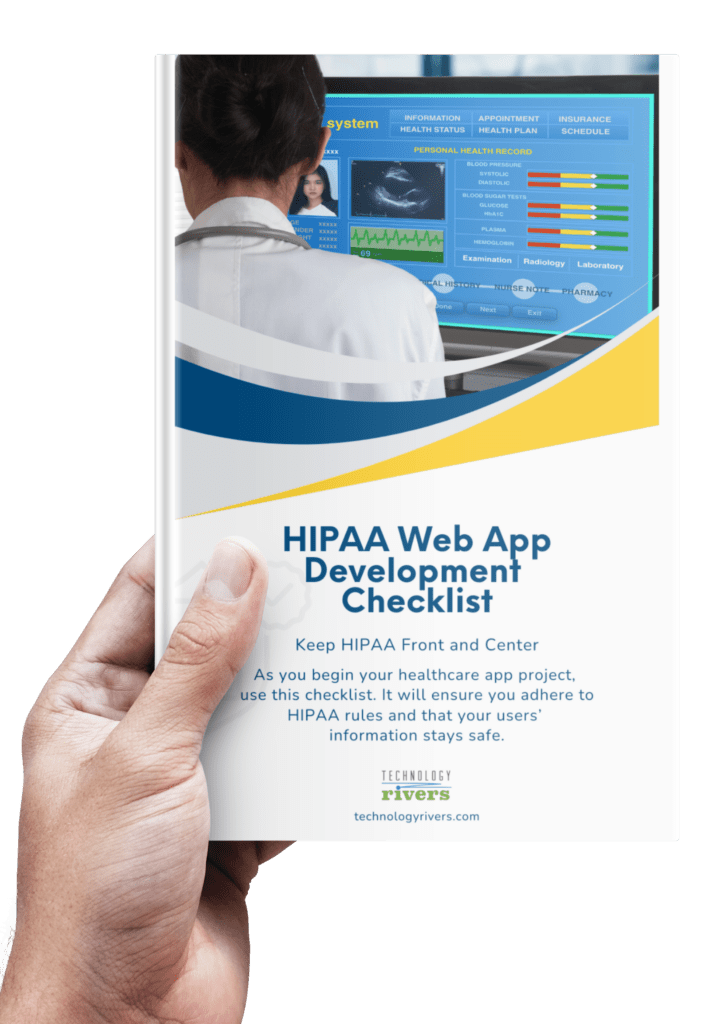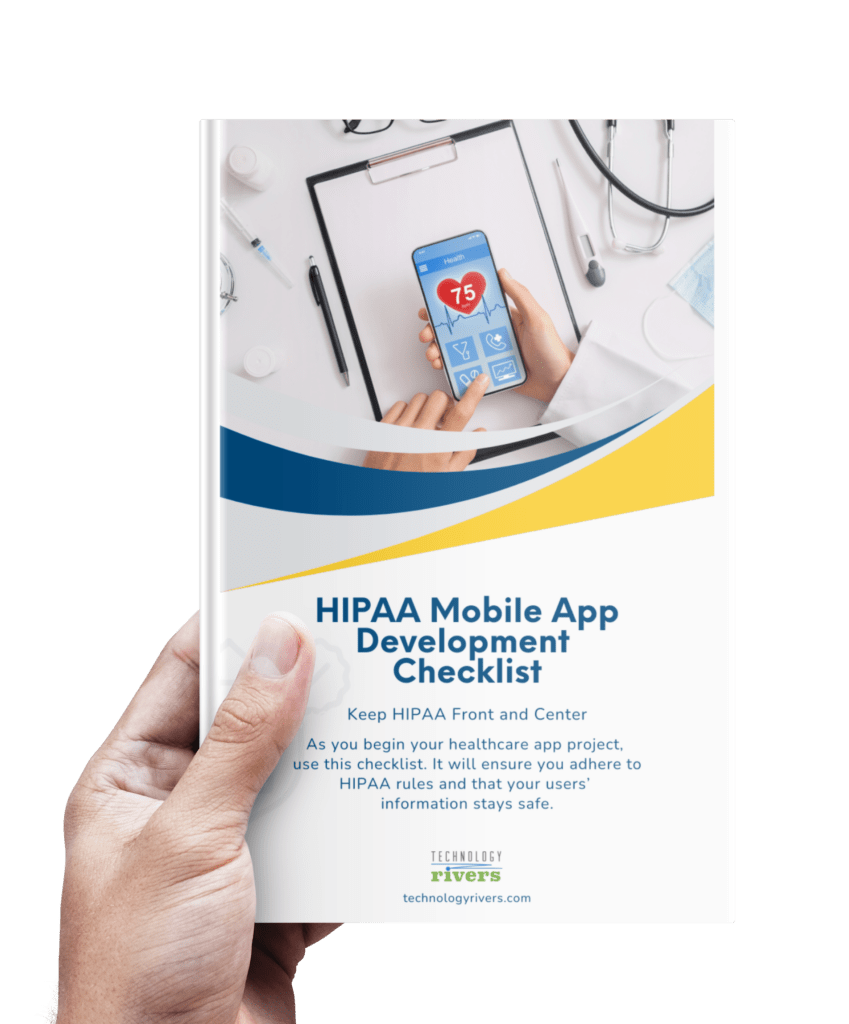Blogs » Measuring Team Productivity and Identifying High-Performing Teams
Table of Contents
Why are certain teams more successful than others? What distinguishes these teams from the rest?
According to Harvard Business Review, while most firms aspire to maximize productivity, teams are frequently stymied by organizational constraints. According to the article’s study, the average corporation loses more than 20% of its productive capacity—more than a day every week—due to “organizational drag.” Companies’ systems and processes to keep things on track actually waste time and inhibit employees from getting things done. These are essential metrics to measure how productive your team is. In contrast to metrics that track sales statistics and customer attrition (aka churn), productivity metrics track activities such as planned-to-completed ratios for your jobs.
After all, understanding and tracking employee productivity are critical if you want your company to run smoothly.
In this article, we have laid down the guide to understanding high-performing teams and measuring productivity.
High-Performing Team Overview
A “high-performance work team” is a collection of goal-oriented people with complementary talents and specialized expertise that innovate, interact, and generate superior outcomes consistently. Through shared goals, teamwork, shared leadership, open communication, defined group operating rules and role expectations, early conflict resolution, and a strong feeling of trust and accountability among its members, the group collectively pursues performance excellence constantly.
The improved productivity will help the company reach its business goals and desired results. So you can assess any faults with processes and empower them to produce their best work in the future.
Necessity To Measure Team Performance
Monitoring performance metrics is beneficial. Employees with talent desire feedback to help them grow and improve. Not only that but analyzing your company’s performance can help you plan and achieve more in terms of productivity and revenue.
Every manager’s objective has been to build a high-performing team. Performing teams aid in determining managerial effectiveness.

Quantifying and monitoring performance metrics, on the other hand, is easier said than done. Traditional indicators, such as productivity, can be a changing goal and are frequently deceptive. Thankfully, you can get custom software that can help you in boosting the productivity and efficiency of individual employees.
Let’s go over some points on how to measure productivity.
Most Common Team Productivity Metrics You Should Focus
Measuring productivity is difficult since the notion of productivity varies by job, organization, and industry. Let’s look at some instances of how to measure productivity to get you started.
Measuring Completed vs. No Completed Count
One of the most crucial questions a team leader may ask is, “How much work is my team actually accomplishing?” While jobs go incomplete for a variety of reasons, keeping track of the ratio of allocated projects to those completed is critical. Even if a task or project was placed on hold for a good cause, it’s useful to factor productivity into how well your team performed other plans that were already in the works.
The Completed to Not Completed ratio now calculates what proportion of the assigned tasks was adequately finished. Tracking whether projects are completed as planned provides insight into your team’s ability to complete tasks and how productive they are.
Measuring Team Members’ Initiative
Employees who ask for assistance or step in when assistance is required to demonstrate initiative, and an employee who demonstrates initiative is a sign of team happiness and engagement. Keeping track of the times you notice a team member taking the initiative is a fantastic place to start, but it may also be a part of your performance reviews with a peer, self, or manager ratings.
Measuring the Ultimate Presence of Team Members
The definition of total presence per day is entirely uninterrupted work time. It’s focused work, giving a task your full attention. It’s a productivity approach for reducing distractions and background noise.
The current surge in remote work has pushed focus hours per day to the forefront, as there has been debate over whether the office or work environment is more distracting.
Measuring Productivity by Revenue
Revenue per employee (RPE) is a ratio that calculates a company’s total revenue divided by the current number of employees. RPE is one of the most valuable team productivity metrics.
The more productive an organization is, the less likely it is to suffer losses (e.g., lower turnover, no sales), and the more likely it is to profit. The ideal situation for a firm is to have the highest possible revenue per employee ratio, as a higher ratio signals greater efficiency.

Measuring Quality Of Work
The quality of work produced by your staff is likely the most significant statistic, but it is also the most difficult (and subjective) to define. Team members that are involved in their work and care about what they do will likely perform better, and it is a good idea to praise their accomplishments. Hopefully, this covers most points that help to measure team productivity.
Characteristics Of High-Performing Teams
While every team is unique, high-performing teams share certain qualities. Look for these signs to see if you have a high-performing team:
Check How Team Meeting The Deadlines
Another productivity method of high-performing teams is prioritizing the most important task and managing their time accordingly. They are aware that not every work is equally important or urgent, and they manage projects and spend the right amount of time-based on which tasks are the most important and have the most impact.
This ensures that work is aligned with organizational goals and that everyone is focused on work that promotes progress.
Identify Team On Goal-oriented
Employees are more productive and engaged when they understand how their job fits into the overall goals and mission of the firm. High-performing teams know their “why” and work together to attain a common goal.
Collect 360-Degree Feedback & Assessments
360-degree feedback aids in the development of a talented, dynamic, engaged, and productive staff.
Analyze Team Meetings And Their Engagement
Conflicts arise when communication fails and performance suffers. High-performing teams ensure clear communication expectations and channels so that everyone understands when and when to communicate and who to connect with. Analyze the level of communication and engagement of your team members in the team meetings.
Measure How Team Focus On Key Business Metrics
While measuring team performance, it is essential to use correct data. This helps to improve the team performance, and business objectives can be communicated in a tangible and relevant way, resulting in more engaged and inspired personnel. Assess how your team uses these indicators to identify problems and produce effective solutions that will contribute to increased productivity and success of the firm.
Contribution From All Team Members
Tracking contribution from all team members is critical, especially for larger firms with many employees. When it comes to employee productivity, you should determine who is productive and who is simply procrastinating.
Measure Cross-Team Collaboration & Productivity
Cross-team collaboration and productivity is an essential component of efficient teamwork. Cross-team collaboration can be achieved by ensuring that each team member executes their allocated work efficiently, interacts well with colleagues, and pitches in when needed.
Measure Learning Agility
Even the best teams have scope to improve. High-performing teams respect feedback and use it to improve. They seek growth prospects by investing in continual staff development and cultivating a feedback culture. Continuous learning assists in the growth and ensures the team strives for greater success.
Key Metrics for Measuring the Success of an Offshore Engagement
Offshoring is a huge business decision, and you want to make sure it’s paying off. There are four key performance indicators (KPIs) to keep an eye on while measuring the consequences of offshore.
- Operating efficiency
- Customer Relations
- Process Performance
- Conflict Resolution
Building a High-Performing Team
It takes time to build a high-performing team for any start-up or existing business. It demands dedication and investment in ongoing growth and development. To get started, consider the following suggestions: Improve communication.
High-performing teams must be focused and agile, which necessitates clear, simplified communication. Establish clear communication methods and expectations to keep everyone on the same page. For example, if your team is working on a cross-platform hybrid mobile app development, the team members must ensure that their communication is strong.
With established communication protocols, conflict is prevented, and it is ensured that critical information is communicated with the necessary individuals, assignments and responsibilities are clear, and nothing goes through the gaps.
Invest in Employee Training
Develop a culture of continuous growth and learning if you desire consistent excellent results.
Track and improve team performance by investing in the growth and development of your personnel. You can use coaching applications to train your team. Identify growth opportunities using the best way to measure team productivity that is relevant to team requirements and priorities, as well as individual ambitions.
Employee training platforms and programs help employees feel more empowered, motivated, and prepared to execute their jobs.
Conclusion
Making a high-performance team is a marathon, not a sprint. But the payback will be well worth it if you pull together the correct mix of skills and experience and cultivate these key traits of a high-performing team. A productive team is essential for any successful firm. And we hope this article has answered all your queries related to how to measure team productivity.
However, determining the productivity level of your staff is required more than simply a gut feeling about how much work they’re doing. Quantifying and measuring your team’s productivity, just as you do with sales and revenue data, is the only way to know if they’re operating at peak efficiency.
Team productivity metrics like planned-to-done ratios, customer happiness, and even time-to-fill are critical for understanding how much work your team is completing. It can also reveal underlying challenges that are preventing your team from getting things done.
Using suitable ways to measure productivity and removing any impediments will ensure that your employees are able to work to their maximum capacity.
Contact Technology Rivers today if you want to develop software solutions for startups and emerging businesses who want to create high-quality software while working with a high-performance workforce.














